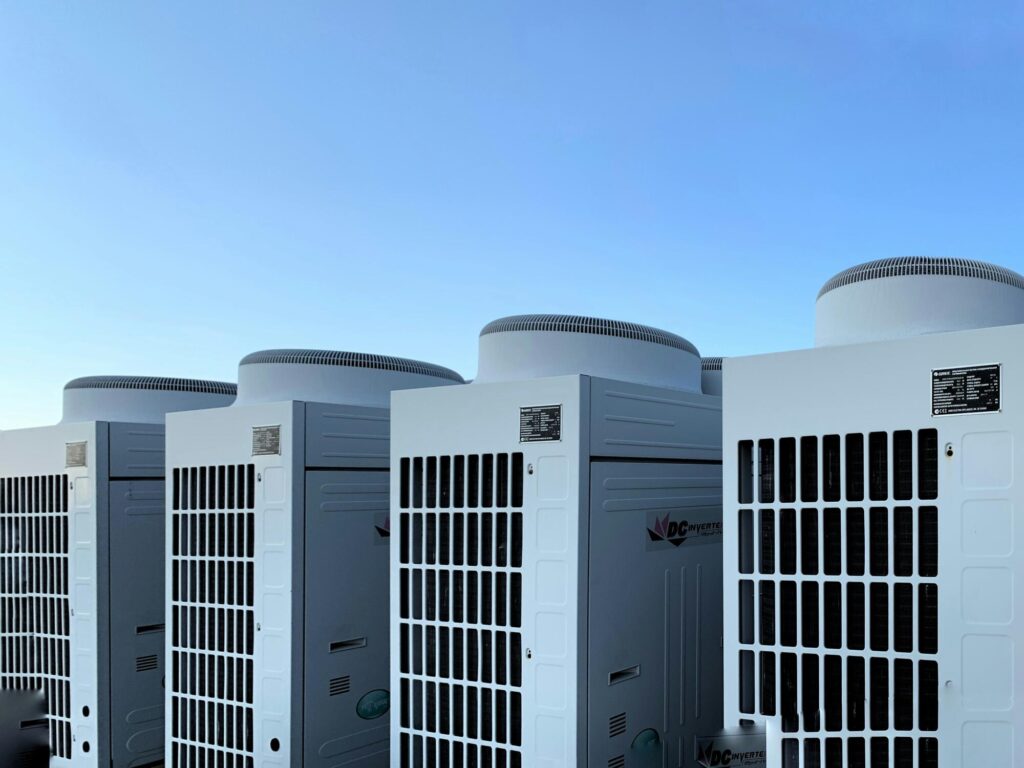As the sweltering heat of summer rolls in, many homeowners turn to swamp coolers for that much-needed relief. However, while these units are cost-effective and energy-efficient, they can sometimes present frustrating challenges.
Whether it’s strange odors, poor airflow, or other unexpected cooling issues, it’s crucial to identify the problem and take quick action. Fortunately, many of these problems can be solved with simple fixes that restore comfort and cooling efficiency. Let’s explore some common swamp cooler problems and how to address them effectively.
1. Poor Airflow
One of the most prevalent cooling issues is poor airflow. If your swamp cooler seems to be blowing weak or no air, it’s likely due to a few potential causes. First, check if the cooler’s water supply is sufficient; insufficient water levels can hinder performance.
If the water level is fine, inspect the air filter. A clogged filter can obstruct airflow, so cleaning or replacing it should be your first step.
Additionally, ensure that the fan belt is in good condition. A worn or loose belt can significantly reduce airflow. If these adjustments don’t solve the problem, consider checking the ducting for leaks.
2. Unpleasant Odors
Finding odd smells coming from your swamp cooler can be alarming. Often, these odors arise from stagnant water or mold growth within the unit.
To tackle this, start by turning off your cooler and draining any standing water. Next, clean the pads thoroughly. If they are heavily soiled or moldy, it may be best to replace them.
Another potential source of unpleasant smells could be the accumulation of dirt and debris in the cooler’s reservoir. Regularly flushing the reservoir with a mild cleaning solution can help eliminate these odors and prevent future growth of mold or mildew.
3. Water Leaks
Water leaks are another common issue that can arise with swamp coolers. Not only do they waste water, but they can also cause damage to your home. First, check the water supply line for any cracks or breaks. Leaky lines are often the culprit, and replacing them can resolve the issue quickly.
If the supply line seems intact, inspect the float valve. A malfunctioning float can cause overfilling and subsequent leaks. Adjusting or replacing the valve may be necessary. Regularly checking the unit for leaks can prevent more significant issues down the road.
4. Noisy Operation
Swamp coolers are known for being quieter than traditional air conditioning units, but any strange or loud noises can be concerning. Noises such as grinding or rattling may indicate a loose or damaged component. Start by examining the fan blades for any obstructions. Remove any debris that could be causing the noise.
Additionally, check all screws and bolts to ensure they are tightened. If the noise persists, it might be time to inspect the fan motor or bearings. These parts can wear out over time and require replacement.
For those looking to save time on maintenance, consider fixing common swamp cooler problems through regular checks and cleaning to ensure your cooler operates at peak performance. By staying ahead of these common challenges, homeowners can enjoy a cool and comfortable living environment all summer long.
Wrapping Up
Swamp coolers are efficient tools for beating the summer heat, but they can present a few common problems. Identifying and addressing issues like poor airflow, unpleasant odors, leaks, and noisy operation is vital for maintaining your unit’s performance. Don’t hesitate to deal with these cooler issues quickly to ensure your comfort throughout the season.
For more helpful tips, check out the rest of our site today.






